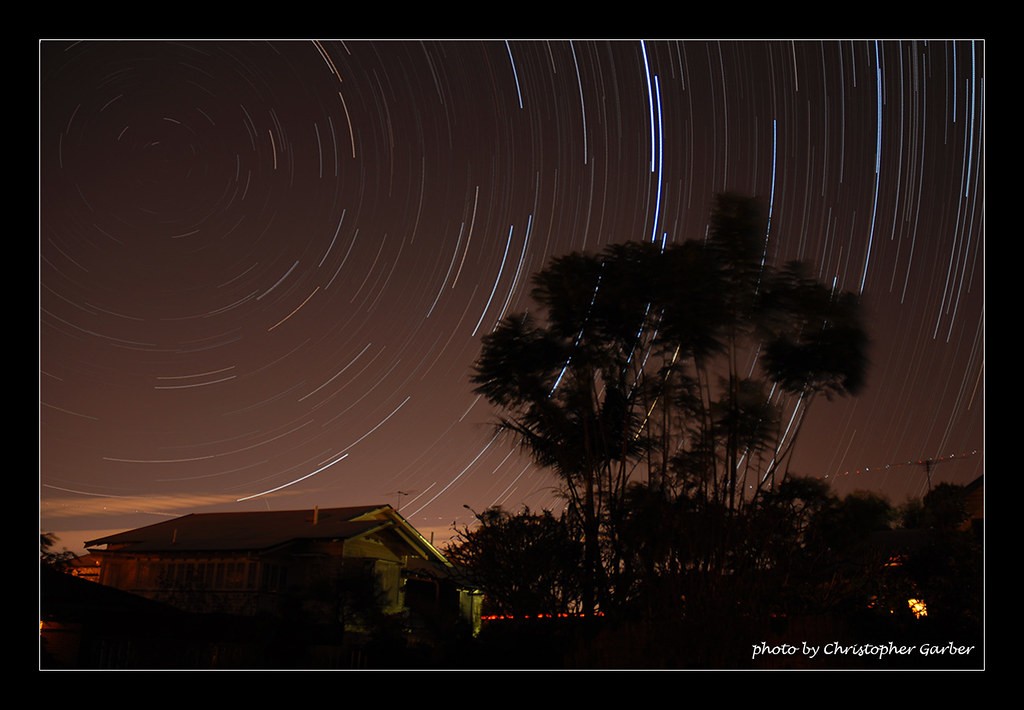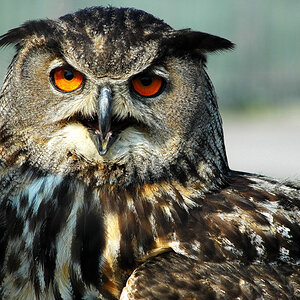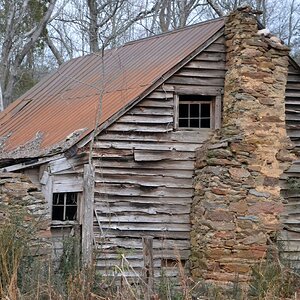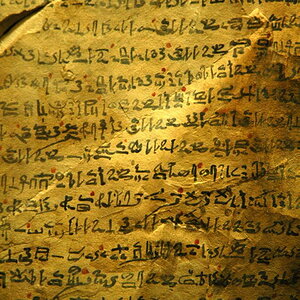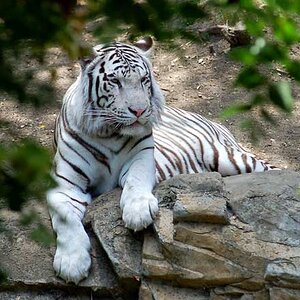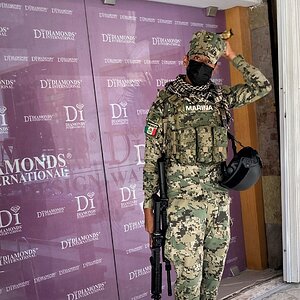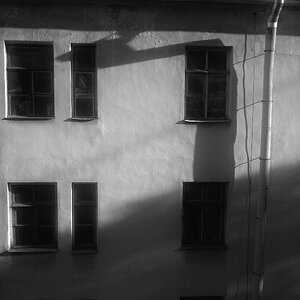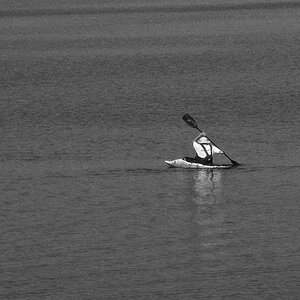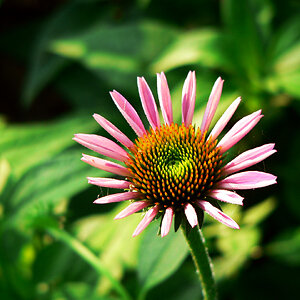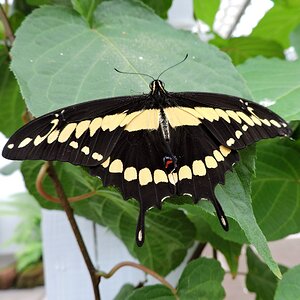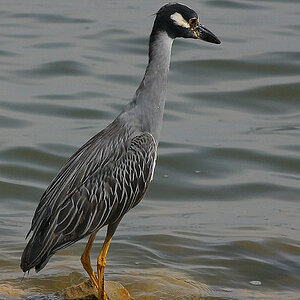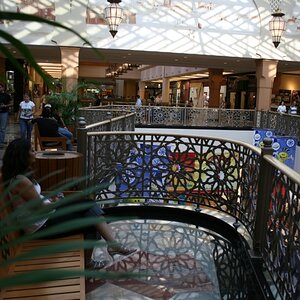invisible
Been spending a lot of time on here!
- Joined
- Mar 10, 2007
- Messages
- 5,213
- Reaction score
- 983
- Location
- Canada
- Website
- www.federicobuchbinder.com
- Can others edit my Photos
- Photos NOT OK to edit
Tomorrow I'll go out to the lake to try and shoot some star trails. It's going to be my first time doing this kind of long exposures, so I'm hoping some of you can help me out with tips.
My camera is a Nikon D70s with the Nikkor 18-200 lens. I'm bringing my tripod and my cable release.
- How many hours of long-exposure shooting will I get with a fully charged battery (EN-EL3a, Li-ion)?
- What's the longest exposure that the D70s can stand? (I have read about the dangers of overheating the sensor, but I couldn't find data specific to my camera.)
- I'll probably go the widest possible angle (18mm), to catch some of the surroundings, and definitely go with the minimum possible ISO (200). What aperture/speed do you guys recommend? White balance?
- What about mirror lockup? Will it make a difference?
Any other tips will also be appreciated.
Thanks so much for your time!
My camera is a Nikon D70s with the Nikkor 18-200 lens. I'm bringing my tripod and my cable release.
- How many hours of long-exposure shooting will I get with a fully charged battery (EN-EL3a, Li-ion)?
- What's the longest exposure that the D70s can stand? (I have read about the dangers of overheating the sensor, but I couldn't find data specific to my camera.)
- I'll probably go the widest possible angle (18mm), to catch some of the surroundings, and definitely go with the minimum possible ISO (200). What aperture/speed do you guys recommend? White balance?
- What about mirror lockup? Will it make a difference?
Any other tips will also be appreciated.
Thanks so much for your time!


